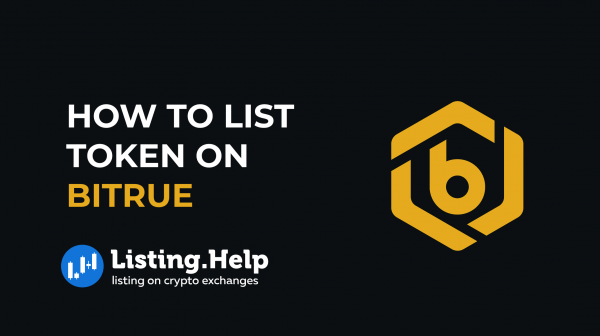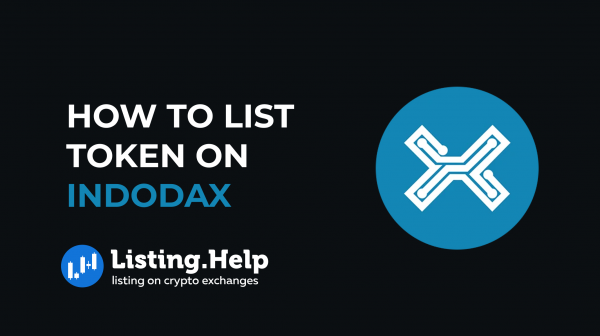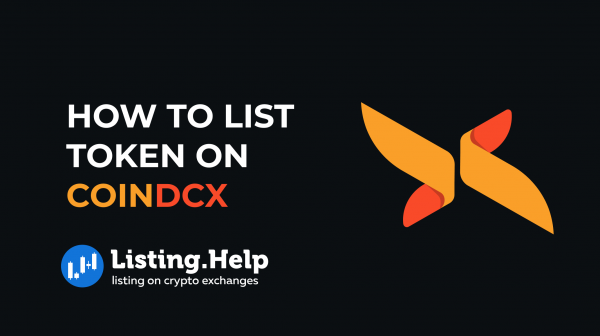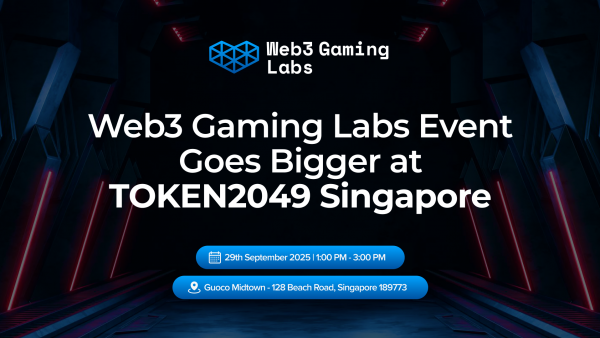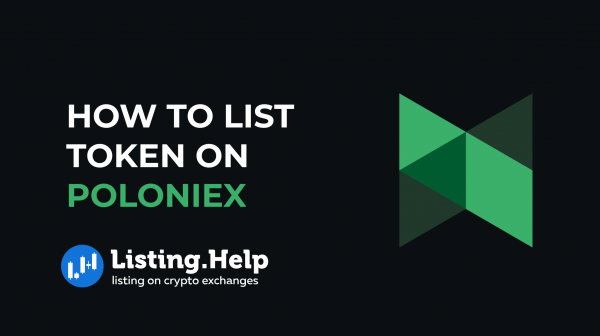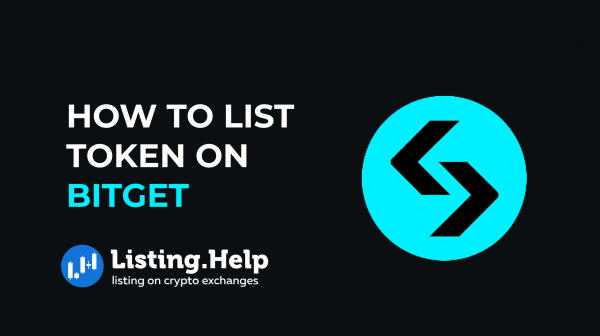What is The Open Network (TON)?
 August 15, 2024
August 15, 2024 Updated: August 15 2024, 08:41
Updated: August 15 2024, 08:41
LEAVE A REQUEST
Launching your own token project? Our experts are ready to help with listing on exchanges, market making, marketing and other solutions
SUBMIT APPLICATIONThe development of TON began when Telegram, led by Pavel Durov, set out to create a blockchain platform designed to integrate seamlessly with its messaging service, aiming for secure, fast, and scalable applications. In 2018, Telegram published a whitepaper detailing the Telegram Open Network, which quickly garnered significant attention and investment, raising $1.7 billion through a highly successful initial coin offering (ICO). The project was ambitious, intending to include services like a decentralized domain name system (DNS), a virtual private network (VPN), and a platform for decentralized applications (dApps).
However, the project encountered serious legal challenges when the U.S. Securities and Exchange Commission (SEC) stepped in, arguing that the sale of TON’s native tokens, known as Grams, was an unregistered securities offering. This legal battle resulted in a court ruling in 2020 that effectively halted the project. Following this decision, Pavel Durov announced that Telegram would cease its involvement with the project.
Nevertheless, the community surrounding TON refused to let the project fade away. Developers and blockchain enthusiasts from various backgrounds came together to continue the development of TON’s technology. The project was rebranded under names like Free TON and later simply The Open Network, continuing to build on its original vision and expanding its capabilities, even without Telegram’s direct participation.
In April 2024, Tether partnered with the TON Foundation, launching $60 million of USDT on The Open Network (TON) blockchain, making TON the 11th largest of 16 blockchains supporting Tether. This partnership also brought the gold-pegged Tether Gold (XAUT) stablecoin to TON, with cross-border payments touted as free, instant, and as easy as sending a message on Telegram to its 900 million users.
What Is TON?
The Open Network (TON) is a decentralized layer-1 blockchain that originated from the team behind the widely-used messaging app Telegram, led by the Durov brothers. TON was created with the goal of providing a high-performance blockchain capable of supporting large-scale applications and transactions. Unlike other blockchain projects typically controlled by single entities or small groups, TON became distinct through its shift to a community-driven development model. This transition occurred after Telegram withdrew from direct involvement due to regulatory pressures. The global developer community then took the reins, continuing to advance the project while maintaining its decentralized, open-source foundation.
What is Toncoin?
Toncoin serves as the fundamental token within The Open Network (TON) ecosystem, fulfilling several critical functions. Primarily, it powers decentralized applications (dApps) on the network, providing the necessary resources for their operation. Additionally, Toncoin is essential for processing transactions across the network, including cross-chain exchanges, where it is used to pay transaction fees.
In terms of network security, Toncoin is central to the staking mechanisms that safeguard the blockchain. Users stake Toncoin to validate transactions, thereby securing the network and ensuring its reliable operation. The token is also utilized for decentralized services such as TON DNS and TON Proxy, enabling payments within the network’s infrastructure and supporting its broad range of decentralized services.
Toncoin plays a role in governance through the TON VOTE platform, which allows the community to participate in decision-making processes. This platform gives token holders a voice in shaping the development and policies within the TON ecosystem.
Moreover, Toncoin is integrated into Telegram, enabling users to make commission-free crypto transfers directly within the app. This integration also facilitates the use of Toncoin in Telegram’s decentralized applications, making the cryptocurrency more accessible for everyday use.
In March 2024, Telegram announced a revenue-sharing plan, where 50% of ad revenue would be distributed to channel owners, with payments settled on the TON blockchain in Toncoin. Following this announcement, Toncoin’s value surged by 40%, underscoring its practical use case within the Telegram platform.
How Does TON Work?
Consensus Mechanism
TON operates on a Proof of Stake system, where validators are chosen based on the amount of TON tokens they hold and stake as collateral. These validators play a crucial role in verifying transactions and adding them to the blockchain. In exchange for their work, validators receive rewards in the form of TON tokens.
Multi-Chain Architecture
TON features a multi-chain structure, with the TON blockchain serving as the masterchain and smaller, subsidiary chains known as workchains. The masterchain handles essential ecosystem data, such as protocol updates, blockchain validations, and the coordination of operations across different chains. Workchains are customizable networks that function independently and are designed to fulfill specific tasks.
Key features of TON Blockchain
Scalability
TON is built with scalability in mind. It can manage millions of transactions per second, thanks to a sharding mechanism that divides the network into smaller, interconnected blockchains known as “shards.” Each shard operates independently, processing transactions on its own, which greatly enhances the network’s overall capacity.
Interoperability
TON is designed for easy integration with other blockchains and decentralized applications (DApps). This interoperability allows seamless transfer of assets and data between different blockchain networks. This capability is vital for fostering a decentralized web where various blockchain systems can interact and collaborate effectively.
Fast Transactions
The architecture of TON is optimized for speed. Utilizing a Proof of Stake (PoS) consensus mechanism, it processes transactions much faster and with greater energy efficiency than the Proof of Work (PoW) system used by Bitcoin. As a result, transactions on the TON network are almost instantaneous, making it practical for daily activities such as payments, microtransactions, and other financial operations.
Decentralization
TON operates as a decentralized network, without control by any single entity or organization. Instead, it is governed by a community of users and developers. This decentralized nature enhances the network’s resistance to potential attacks and ensures that it remains open and accessible to all.
TON Ecosystem
TON DNS
TON DNS operates similarly to the traditional Domain Name System but with a decentralized approach. It allows for the assignment of easy-to-read names to accounts, smart contracts, and dApps within the TON network. This feature enhances usability by enabling users to interact with the network using simple names instead of complex cryptographic addresses.
TON Storage
TON Storage provides a decentralized file storage solution, similar to services like Dropbox, but within a blockchain framework. It supports the off-chain storage of large data files, ensuring fast transfer speeds and advanced storage capabilities. This setup not only improves data permanence but also optimizes data retrieval and interaction within the TON ecosystem.
TON Proxy
TON Proxy serves as a privacy layer within the TON network, offering features that mask user IP addresses and provide secure, anonymous connectivity, similar to VPN services. This component is essential for protecting user identities and enhancing security, particularly in regions with strict internet controls.
TON Payments
TON Payments is the network’s internal payment system, using Toncoin as the primary currency. It facilitates various transactions, including transfers between TON wallets, micro-payments within dApps, and payments for services like TON DNS and TON Proxy. This system supports seamless and flexible financial operations within the TON ecosystem, making it practical for everyday use.
TON Space
TON Space integrates directly with Telegram, providing a self-custody wallet that users can access through the Telegram interface. This feature allows for easy management of digital assets within Telegram, making blockchain interactions as simple as sending a message.
Integration with Telegram’s User Base
The integration with Telegram’s extensive user base, which exceeds 1.5 billion users, is a strategic effort to promote TON’s services. This connection allows users to access TON’s blockchain features directly from Telegram, potentially bringing millions into the TON ecosystem and enhancing their interaction with blockchain technology.

For more insights and updates on the crypto world, don’t forget to check out our blog at Listing.Help.




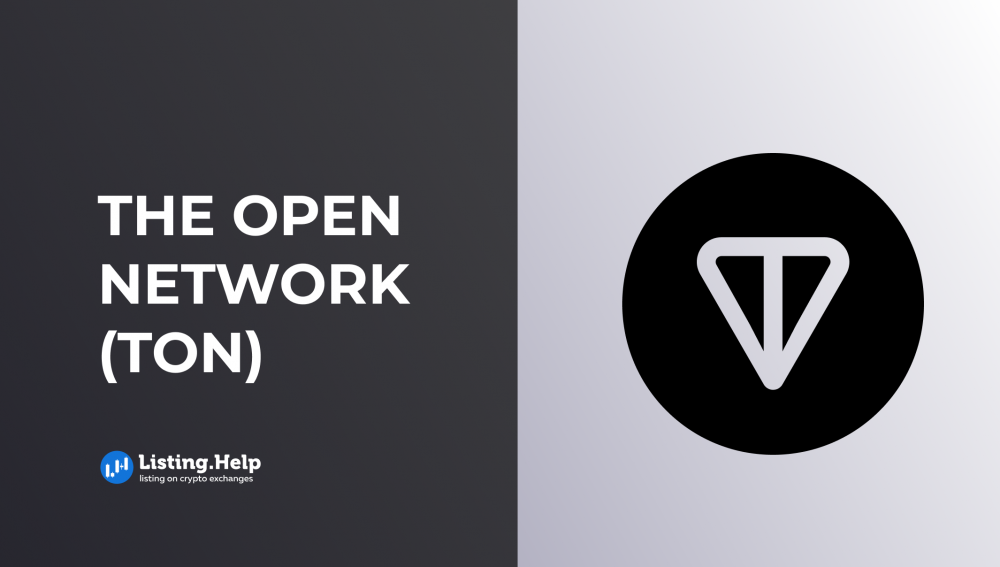


 October 1, 2025
October 1, 2025 